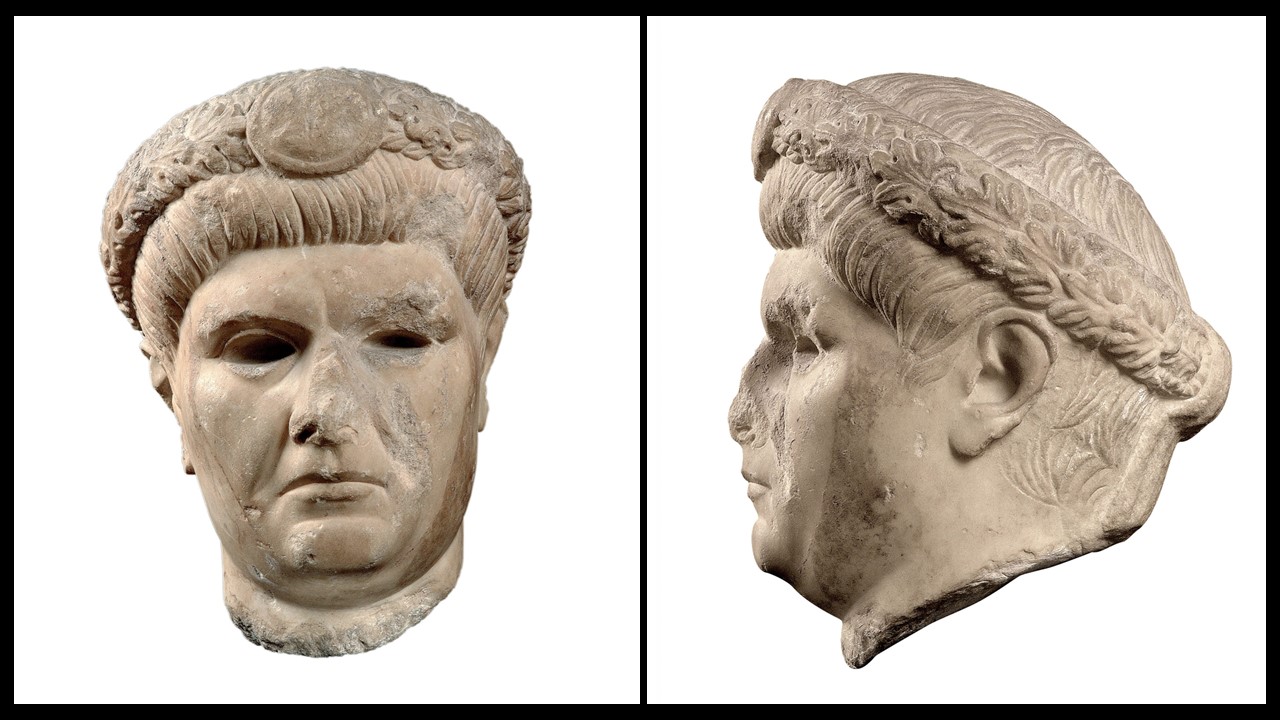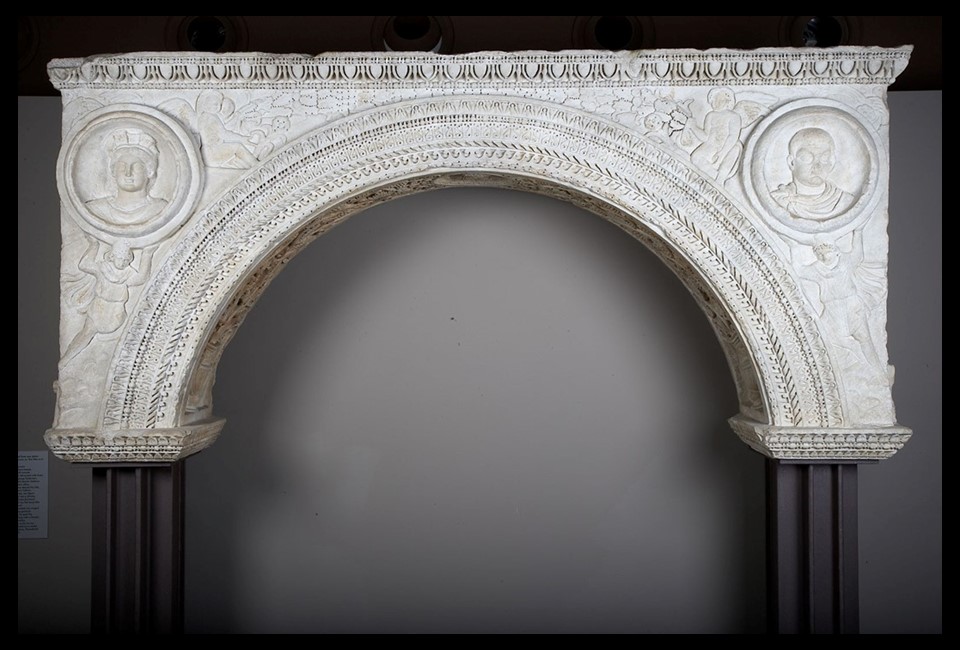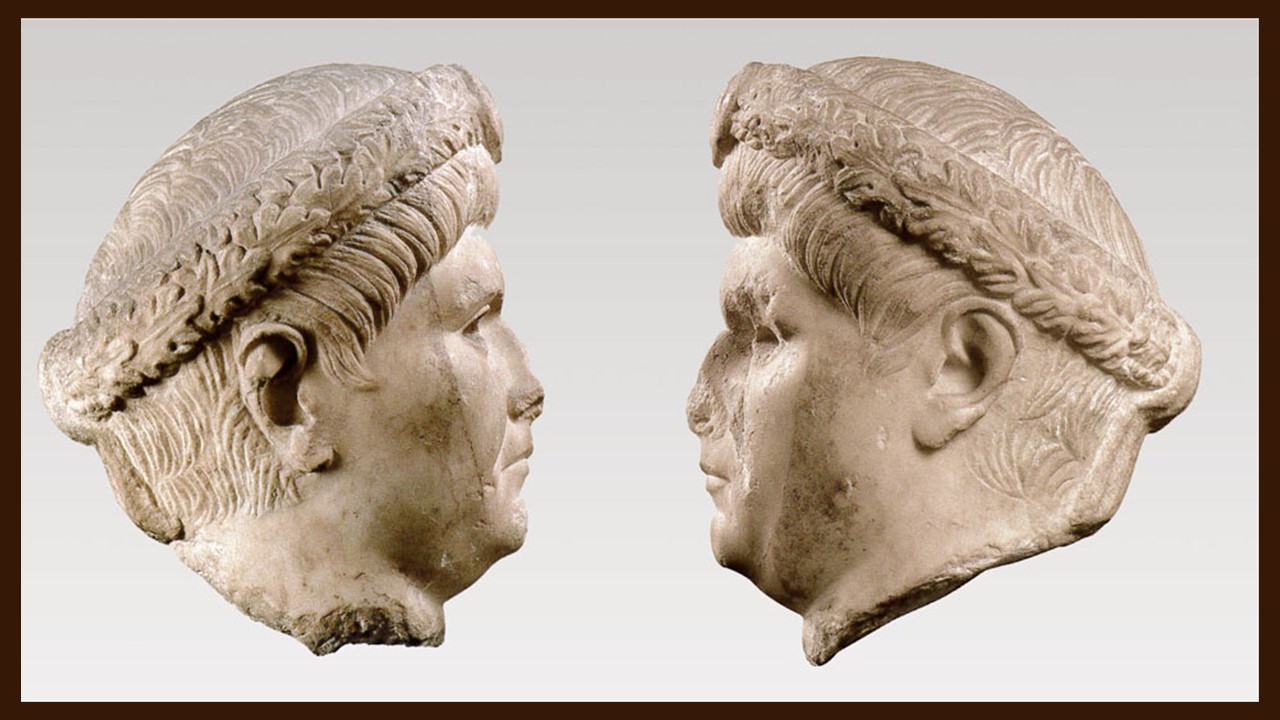
…Constantius and Galerius were made emperors; and the Roman world was divided between them in such a manner, that Constantius had Gaul, Italy, and Africa; Galerius Illyricum, Asia, and the East… Galerius, a man of excellent moral character, and skillful in military affairs, finding that Italy, by Constantius’s permission, was put under his government, created two Caesars, MAXIMIN, whom he appointed over the east, and SEVERUS, to whom he committed Italy. He himself resided in Illyricum… wrote Eutropius in Book X of Abridgement of Roman History about Emperor Gaius Galerius Valerius Maximianus. https://www.forumromanum.org/literature/eutropius/trans10.html
In the Epitome De Caesaribus, a booklet about the Style of Life and the Manners of the Imperatores, sometimes attributed to Sextus Aurelius Victor, Emperor Galerius is described as …possessed of an uncultivated and rustic justice…he was, however, the author continues, praiseworthy enough, physically attractive, a skilled and fortunate warrior, sprung from country parents, a keeper of cattle, whence for him the cognomen Armentarius [“Herdsman”]. 16. He was born and also buried in Dacia Ripensis, a place which he had called Romulianum from the name of his mother, Romula. 17. He insolently dared to affirm that, in the fashion of Olympias, the mother of Alexander the Great, his mother had conceived him after she had been embraced by a serpent. http://roman-emperors.sites.luc.edu/epitome.htm
Living in Thessaloniki, where numerous buildings and structures commissioned by Galerius still grace the cityscape, serving as popular attractions, I find it necessary to introduce you to Emperor Gaius Galerius Valerius Maximianus, commonly referred to as Galerius. He held the position of Roman Emperor within the Tetrarchy system, a governance framework established by Emperor Diocletian, which partitioned the Roman Empire into four co-ruling territories. Galerius, during his rule as Augustus from 305 to 311 AD, gained renown for his multifaceted role within the Tetrarchy, his involvement in the Christian persecutions of the early 4th century, and his military campaigns waged against the Sassanid Empire and hostile Danube frontier tribes.

Much like many of his predecessors, Galerius was prominently featured in a multitude of portraits and statues throughout his reign. These artistic representations consistently cast him as a strong and unwavering leader, characterized by stern expression and adorned with intricate military regalia. Beyond their artistic merit, these depictions held profound historical value, serving as windows into the prevailing culture and politics of the Roman Empire during his rule. Moreover, they afford us a glimpse into the nuanced strategies employed by emperors to project their influence and command, shedding light on the perceptions held by their subjects and contemporaries.

Upon encountering his portrait at the Canellopoulos Museum in Athens, I was truly taken aback. Galerius appeared notably advanced in age, likely in the twilight of his life, exuding an aura of austerity, distance, and impassivity. Gazing upon his face, one can vividly sense the gravity of his station. Despite, however, the impression of weariness, detachment, and aloofness, the Emperor unmistakably embodies the quintessential image of an absolute monarch within the Tetrarchy – a power deserving of the most serious consideration!
For a PowerPoint of Portraits depicting Emperor Galerius, please… Check HERE!